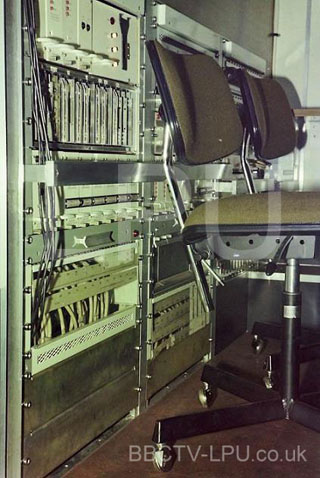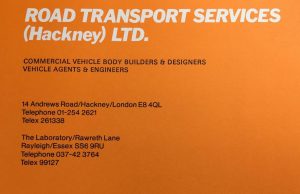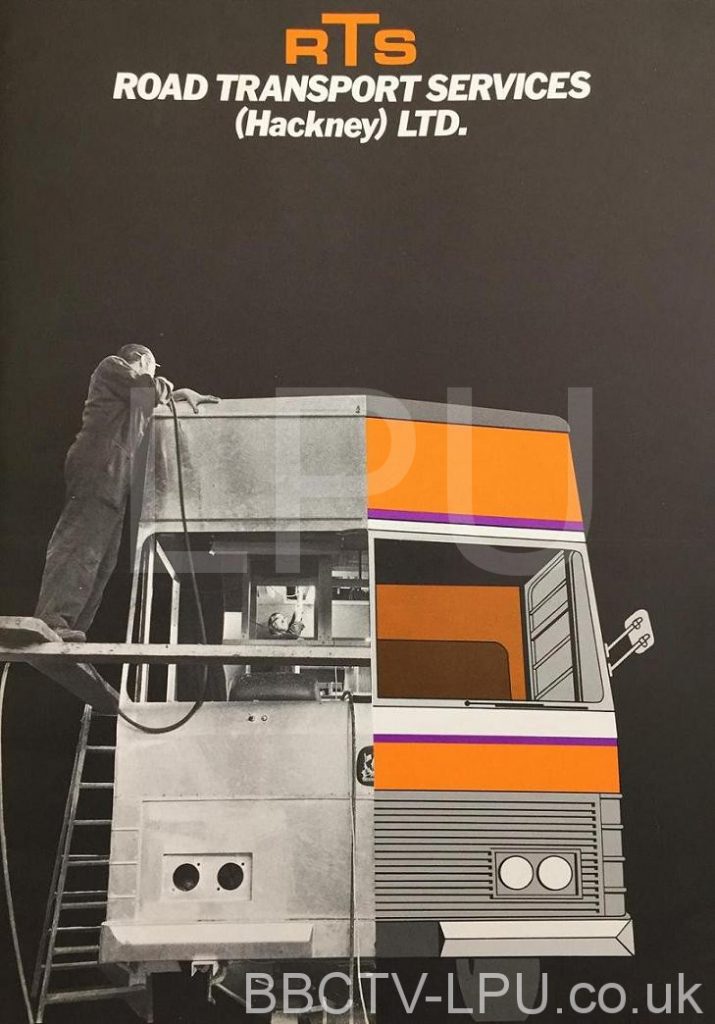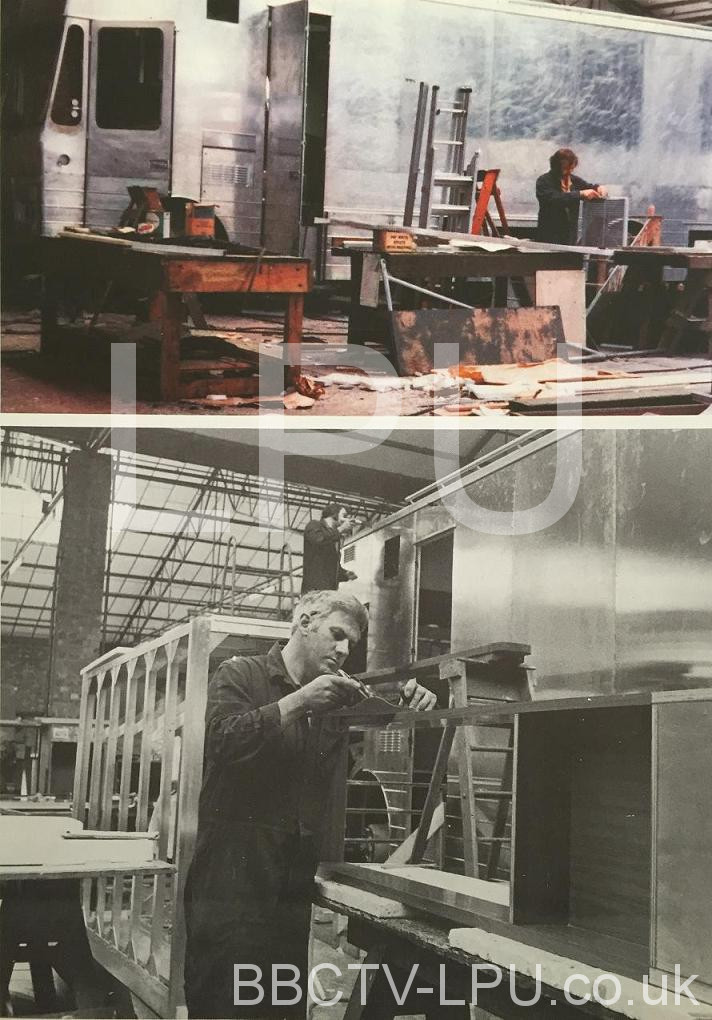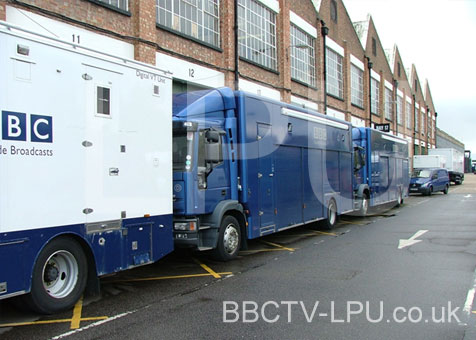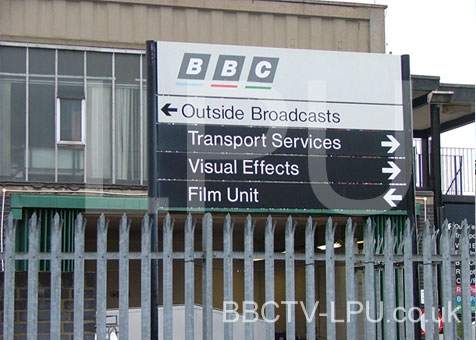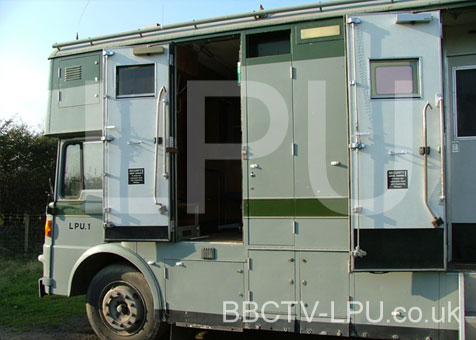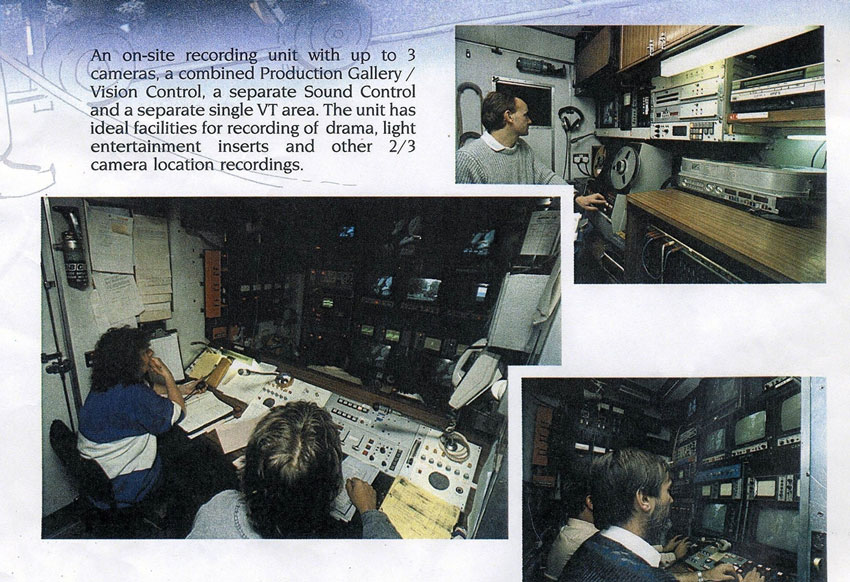 The Beginning
The Beginning
It was an evolutionary process as more location recording moved from film to video format as video offered instant replay of recordings along with better continuity between mixed location & studio scenes. Technological developments in television were progressing: BBC OBs had identified the need for this type of mobile unit: A relatively smaller truck than the typical Outside Broadcast Colour Mobile Control Room (CMCR) unit that involved an additional separate VT recording truck and its associated crew.
Operating in a similar fashion to a film unit, it would require a new truck designated to primarily undertake location work with cameras that were portable and generally smaller in size than those used in studios, along with the ability to record & edit material of which both could be undertaken ‘in house’. Before this new project commenced, it was proposed that an experimental prototype unit was built, so that experience of operation was obtained before embarking on large capital expenditure.
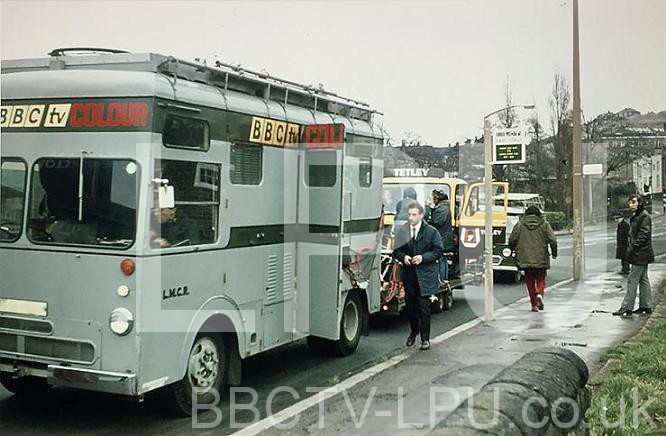
Dave Le Breton, of BBC Planning & Installation Dept, writes: –
Although the LPU wasn’t my project, I was involved in an earlier stage of electronic drama production. In the early seventies, I and a colleague were dispatched to Germany to look at the prototype Bosch Fernseh KCR40 cameras. The BBC decided to buy two and we cobbled together an experimental drama unit using an old vehicle (Roving Eye 5). The LPU is the “proper” unit built as the result of the experiment.
There was a similar ‘sister’ unit built at the same time, known as the LMCR (Lightweight Mobile Control Room) which was Dave’s project. This was different in many aspects both internally and externally, although it was built on a very similar chassis. LPU 1 was the only unit of its kind built. It is fortunate that is has survived without losing its original internal fixtures and fittings. Special thanks must go to Richard Harris for ensuring that the unit was safely preserved and stored it inside a building since it was no longer required following its use for hire undertaking private recording work.

Robert Foster writes:-
I was the SCPD Project Leader for this vehicle. The LPU was the last major project I led in SCPD before I moved to Transmitter Dept as a Site Finder.
I was directly involved with the electronic installation work, particularly the vision side. I had wiremen working for me but was responsible for the overall project so had other engineers working for me on the Audio and VTR aspects.
I remember that most of the installation work was done at Kendal Avenue in an un-heated building throughout a very cold winter. Miserable conditions for everyone involved. It was at a time of extreme austerity, low wages, negative housing equity, mortgage interest rates at 15%, a government imposed wage freeze. The LPU was the last major “in-house” build project. Thereafter all larger OB vehicles were built on a “turn-key” basis by outside contractors.
I remember on the night before the handover from SCPD to Tel OB‘s, my then wife (a teacher) and I were up all night cleaning the inside of the vehicle. The project could not afford casual labour for that task so that’s why we had to do it. I vowed then that I would look for another job within the BBC.
I left SCPD in the Summer of 1977 and although BBC Engineering No 106 detailing the LPU was published in April 77, I did not see it until after my transfer to Tx Dept. The article was very upsetting as it made no made no mention of SCPD, even though the whole project was planned in detail and built largely in-house by SCPD staff. It was confirmation (if I needed it) that I had made the right decision to leave SCPD.
Howard Arnall identifies the unit’s coachbuilders:-
RTS were Road Transport Services and were located at Rayleigh in Essex. I visited there a number of times as they built most of the camera vans. Most of the coachwork went out to tender, projects and SCPD ensured that everything came up to specification’. The work was also spread to various coachbuilders depending on timescale etc.
Robin Sutherland, the last Camera Supervisor on the LPU, tells us:-
The Sony 330s were a much better camera technically and so much easier to use, the first generation of new compact cameras that still look comparable to modern ones.
Telephone communication was via a Storno Radiophone System 2 (an early carphone) and Storno 800 handsets were employed for talkback/communication from production to crew.

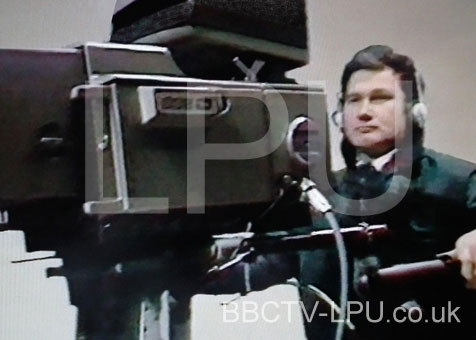
The Fernseh cameras were not universally popular – but with hindsight, all of the one inch tube “head and backpack” cameras were under-engineered in the interests of weight (but were still too heavy) and weren’t really up to the rigours of OBs in the real world. The worst problem was the head to backpack cable – particularly when the backpack was forgotten during a tracking shot and dragged along by its cable.
‘Portable’ cameras in their day were significantly smaller than the traditional full sized studio cameras: This was largely achieved by removing some of the circuit boards from the camera head and relocating them to a separate back-pack unit These were the days before in-camera recording became the norm.
A number of manufacturers offered similar types of early portable camera with examples such as the Link Electronics 120, the Marconi Mk 9, the IVC 7000P & the Philips LDK 15. These were superseded by the next generation of smaller portable cameras that required no back-pack unit. The LPU was subsequently fitted with Sony 330 cameras in the 1980s.
The last Camera Supervisor on the LPU was was Robin Sutherland, who tells us:-
The 330s were a much better camera technically and so much easier to use, the first generation of new compact cameras that still look comparable to modern ones.
Telephone communication was via a Storno Radiophone System 2 (an early carphone) and Storno 800 handsets were employed for talkback/communication from production to crew.
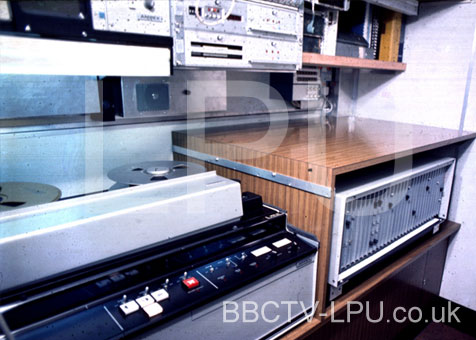
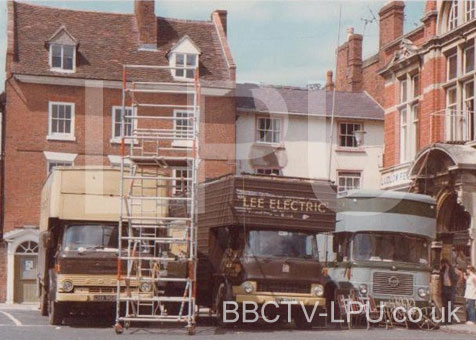
This is a small selection of the Dramas undertaken by the LPU during the years 1977 – 1990 (some memorable – most forgettable).
1977
Survivors – many episodes
1978
Language School a comedy starring Richard Wilson
Shooting the Chandelier starring Edward Fox, Denholm Elliot
Children of the New Forest
The Mayor of Casterbridge starring Alan Bates, Anna Massey, Ann Stallybrass, Janet Maw.
Dr Who
1979
Z Cars – many episodes
Dr Who
Malice Aforethought starring Hywel Bennet, Cheryl Campbell
In Hiding starring Denholm Elliot
Gentle Folk

1980
Constance Kent
Love Story
Mary Blandy
1981
To serve them all my days – starring John Duttine
History Man Inserts
Rosemedallion
Maria Martin
Nightmare Man – starred James Warwick, Celia Imrie
Grudge Fight
Stalky & Co
The Bell
The Woman in White – starred Alan Badel, Ian Richardson, Diana Quick, Jenny Seagrove.
1982
Clare
1983
Breakpoint (Children’s tennis drama)
Being Normal – starred David Suchet, Anna Carteret.
1984
Mayberry Inserts – starred Patrick Stewart, Kenneth Branagh
Heart Attack Hotel
Johnny Jarvis
Cockles
Tripods
1985
Last Evensong – starred Freddie Jones, Muriel Pavlow
Box of Delights – starred Patrick Troughton, Robert Stephens
Tomorrow’s World awards at Highgrove House – starred HRH Prince Charles!
Blott on the Landscape – starred David Suchet, George Cole, Simon Cadell, Geraldine James etc.
1989/1990
Grange Hill in four week blocks at Elstree finishing Dec.
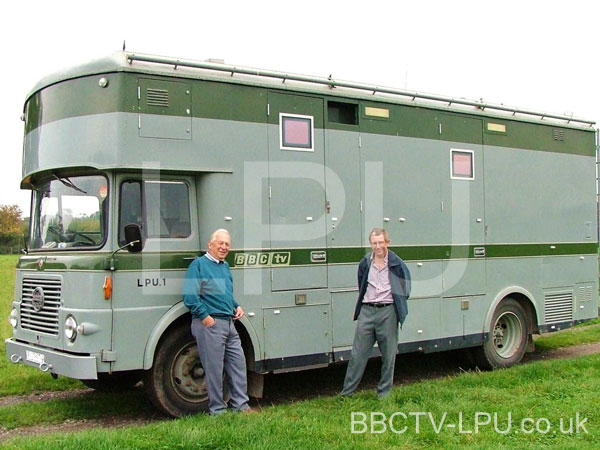
With thanks also to Bill Baldock, John Nottage, John Morrison, Albert Barber, Howard Arnall, Dan Cranefield & Tony Blandford.





